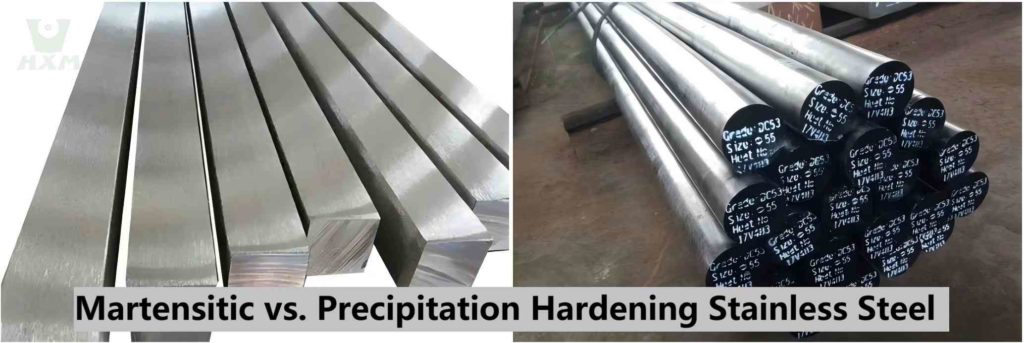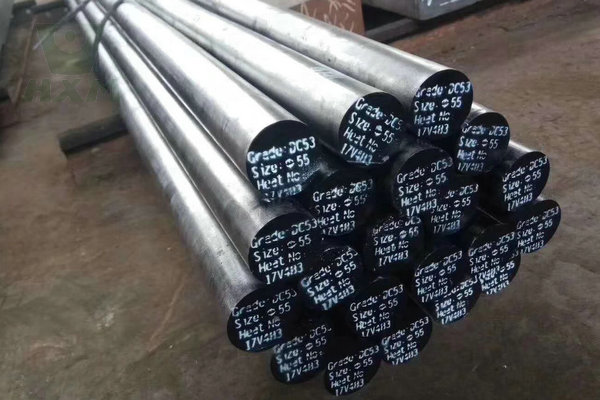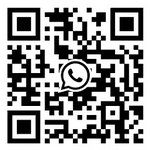In the stainless steel family, martensitic stainless steel vs precipitation hardening stainless steel are two unique categories known for their unique properties, processing methods, and applications. Choosing the right material for your project is crucial as these steels meet different performance requirements.
This blog will take a deep dive into their definitions, composition, mechanical and physical properties, corrosion resistance, applications, and more.

What is Martensitic Stainless Steel?
Martensitic Stainless Steel is a type of stainless steel characterized by its ability to form a martensitic structure through heat treatment. This category is well-known for:
- High strength and hardness after quenching and tempering.
- Moderate corrosion resistance compared to other stainless steels.
- Applications in environments requiring wear resistance.
- Composition: Higher carbon content (0.1–1.2%) and chromium content (12–18%).
- Heat Treatment: Requires quenching and tempering for hardness adjustment.
- Common Grades: 410, 420, 440C.
What is Precipitation Hardening Stainless Steel?
Precipitation Hardening (PH) Stainless Steel is designed to achieve high strength through the precipitation of alloying elements like aluminum, copper, and titanium during heat treatment. This steel offers:
- Superior strength compared to martensitic steel.
- Excellent corrosion resistance.
- Versatility across various industrial applications.
- Composition: Lower carbon content (0.03–0.07%) with alloying elements to enable precipitation hardening.
- Heat Treatment: Solid solution treatment followed by aging for enhanced properties.
- Common Grades: 17-4PH, 15-5PH.
Martensitic Stainless Steel vs. Precipitation Hardening Stainless Steel: What Are Their Differences?
| Property | Monel | Stainless Steel |
|---|---|---|
| Cost | More expensive (high nickel content). | More affordable and widely available. |
| Corrosion Resistance | Exceptional, especially in seawater. | Excellent, but varies by grade (316 is superior to 304). |
| Strength | High strength, even at elevated temperatures. | Moderate to high, depending on grade. |
| Hardness | Higher than most stainless steels. | Variable; 316 is softer compared to Monel. |
| Magnetism | Non-magnetic. | Can be magnetic (e.g., ferritic types). |
| Applications | Marine, chemical, and high-stress environments. | Construction, medical, food processing, and general-purpose. |
Martensitic Stainless Steel vs. Precipitation Hardening Stainless Steel Chemical Composition:
| Element | Martensitic Stainless Steel (e.g., 420) | Precipitation Hardening Stainless Steel (e.g., 17-4PH) |
|---|---|---|
| C | 0.15–1.20% | ≤0.07% |
| Cr | 12–18% | 15–17.5% |
| Ni | ≤1% | 3–5% |
| Additional Elements | None or Mo for corrosion resistance | Cu, Al, Ti for hardening |
Martensitic vs. Precipitation Hardening Stainless Steel Mechanical Properties:
| Property | Martensitic Stainless Steel | Precipitation Hardening Stainless Steel |
|---|---|---|
| Tensile Strength (MPa) | 600–1200 | 1000–2000 |
| Hardness (HRC) | Up to 50+ | 35–45 |
| Toughness | Moderate to low | High |
| Fatigue Resistance | Moderate | Excellent |
Martensitic vs. Precipitation Hardening Stainless Steel Physical Properties:
| Property | Martensitic Stainless Steel | Precipitation Hardening Stainless Steel |
|---|---|---|
| Density (g/cm³) | 7.75 | 7.80 |
| Thermal Conductivity | Moderate | Lower than martensitic |
| Magnetic Properties | Magnetic | Generally magnetic |
Martensitic vs. Precipitation Hardening Stainless Steel Applications:
Martensitic Stainless Steel Applications:
- Surgical instruments.
- Knife blades and cutlery.
- Industrial valves and pumps.
- Turbine components.
Precipitation Hardening Stainless Steel Applications:
- Aerospace structural components.
- Chemical processing equipment.
- High-performance springs.
- Oil and gas industry components.
Martensitic vs. Precipitation Hardening Stainless Steel Cost:
Precipitation hardening stainless steel is typically 30%-50% more expensive than martensitic stainless steel, depending on alloy content and processing. Martensitic stainless steel has a simple chemical composition (high carbon content, low nickel or no nickel) and relatively low raw material cost. Precipitation hardening stainless steel contains alloying elements such as nickel, copper, and aluminum, which increase strength and corrosion resistance but increase material cost.
Martensitic vs. Precipitation Hardening Stainless Steel Corrosion Resistance:
Martensitic Stainless Steel: Offers moderate resistance to corrosion in environments with low chemical exposure. Often used in applications like cutlery, turbine blades, and valves.
Precipitation Hardening Stainless Steel: Provides superior corrosion resistance, making it suitable for marine environments, aerospace, and chemical processing.
Martensitic vs. Precipitation Hardening Stainless Steel Heat Treatment Process:
Martensitic Stainless Steel:
- Requires quenching (heating and rapid cooling) to form martensite.
- Tempering adjusts hardness and improves toughness.
Precipitation Hardening Stainless Steel:
- Undergoes solution treatment followed by aging to precipitate strengthening phases.
- Allows for higher strength without compromising corrosion resistance.
Martensitic Stainless Steel vs. Precipitation Hardening Stainless Steel: Which is Better?
The choice between these two types of stainless steel depends on the application requirements:
For applications that require extreme hardness and wear resistance, such as blades or machine tools, choose martensitic stainless steel.
When strength, corrosion resistance, and long-term durability are critical, choose precipitation-hardened stainless steel, such as in aerospace or marine environments.
Both martensitic and precipitation-hardened stainless steels play a vital role in a variety of industries around the world. Understanding their differences in composition, mechanical properties, and applications can help you make the right choice for your project.
If you are looking for high-quality stainless steel products, contact Huaxiao Metal today. We offer a wide range of stainless steel grades to meet your specific needs.
Request a quote today to learn about our comprehensive stainless steel production capabilities and more!









